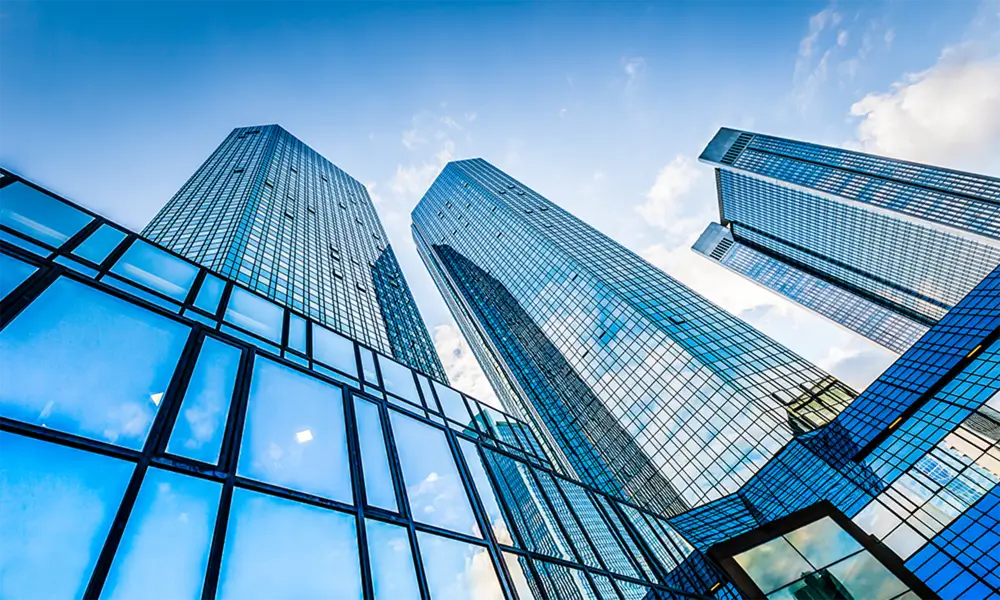

The Allure of Transparent Frosted Glass A Modern Design Element
In the world of interior design and architecture, materials play a crucial role in defining the aesthetics and functionality of spaces. Among various options available, transparent frosted glass stands out as a captivating choice that embodies both elegance and practicality. This innovative material, merging transparency with a soft diffusion of light, has gained popularity in modern design for its versatile applications and unique visual appeal.
The Characteristics of Transparent Frosted Glass
Transparent frosted glass is essentially clear glass that has been treated to create a frosted appearance on one side or both sides. This process, often achieved through sandblasting or acid etching, results in a semi-transparent surface that diffuses light while still allowing visibility. The unique texture adds a layer of intrigue, softening the harshness often associated with full transparency while maintaining a sense of openness.
One of the primary benefits of using frosted glass is its ability to create privacy without sacrificing natural light. In offices, frosted glass panels can separate workspaces while still allowing employees to enjoy ambient lighting. In residential settings, it can be used for bathroom windows or shower doors, providing a shield from prying eyes while inviting daylight. This balance between openness and privacy makes it an ideal choice for both commercial and residential environments.
Aesthetic Appeal
The aesthetic appeal of transparent frosted glass is undeniable. It brings a modern and sophisticated touch to any space. The soft focus of frosted glass minimizes distractions from the outside, creating a serene environment ideal for relaxation and concentration. This quality is especially valued in open-concept designs where clear divisions enhance functionality without compromising the flow of space.
Moreover, frosted glass can enhance the beauty of complementary materials. Pairing it with warm woods or metals creates a stunning juxtaposition that elevates the overall design. The muted finish of frosted glass reflects soft light, generating an ethereal ambiance that is both calming and inviting.

Applications in Architecture and Interior Design
Transparent frosted glass is remarkably versatile, finding applications across various domains. In the realm of architecture, it can be utilized as partition walls, allowing natural light to permeate while maintaining different zones. This is especially useful in places like conference rooms, where confidentiality is crucial, yet openness is desirable.
In residential interiors, frosted glass gratifies both functional and aesthetic needs. Homeowners can employ it in sliding doors, cabinetry, or even as a unique backsplash in kitchens, creating a seamless blend of style and utility. Its use in lighting fixtures can also add a contemporary flair; when combined with incandescent bulbs, it softly diffuses light, casting a warm glow throughout the room.
Environmental Benefits
Beyond its visual and practical advantages, transparent frosted glass also aligns with the principles of sustainability. By allowing natural light to illuminate spaces, it can minimize the need for artificial lighting during the day, contributing to energy savings. Furthermore, modern manufacturing processes for glass have evolved to include recycled materials, making it a more environmentally friendly option compared to traditional opaque materials.
Conclusion
In conclusion, transparent frosted glass serves as more than just a design element; it seamlessly integrates functionality, aesthetic appeal, and sustainability. Its ability to provide privacy while maintaining a sense of openness makes it a popular choice in both residential and commercial spaces. As architects and designers continue to explore innovative ways to enhance environments, transparent frosted glass remains at the forefront of modern design, exemplifying the beautiful possibilities when form meets function. Whether framing a stunning view or simply providing a tranquil retreat, this versatile material continues to charm and inspire, solidifying its place in the future of design.